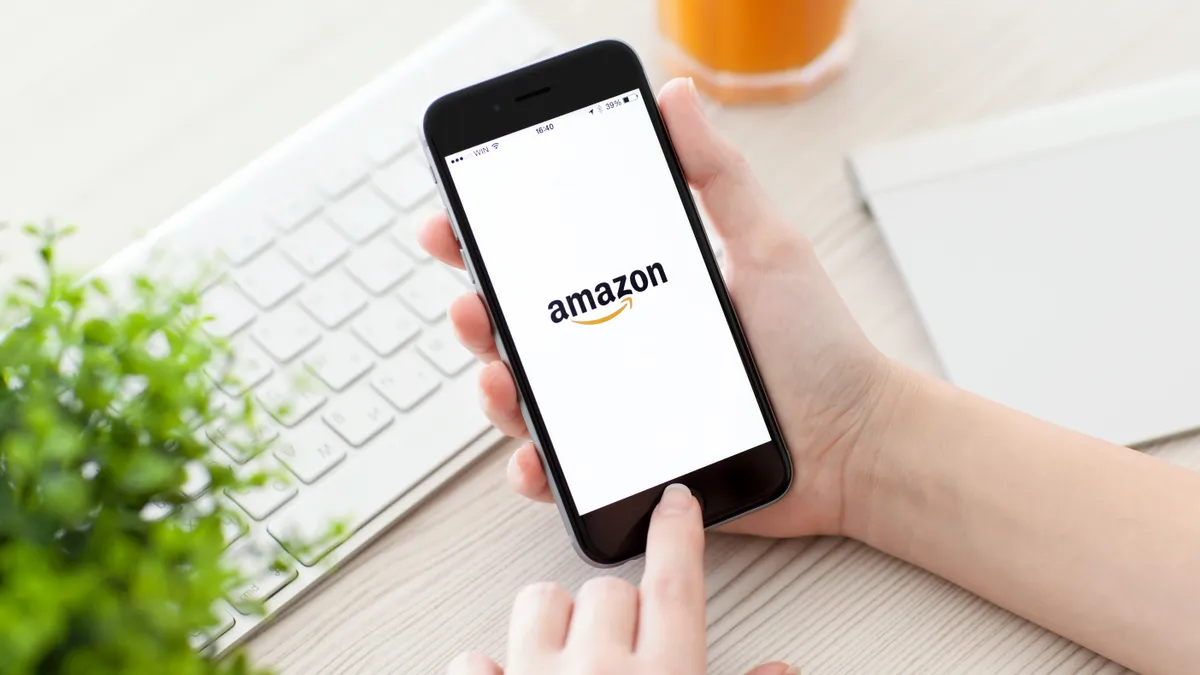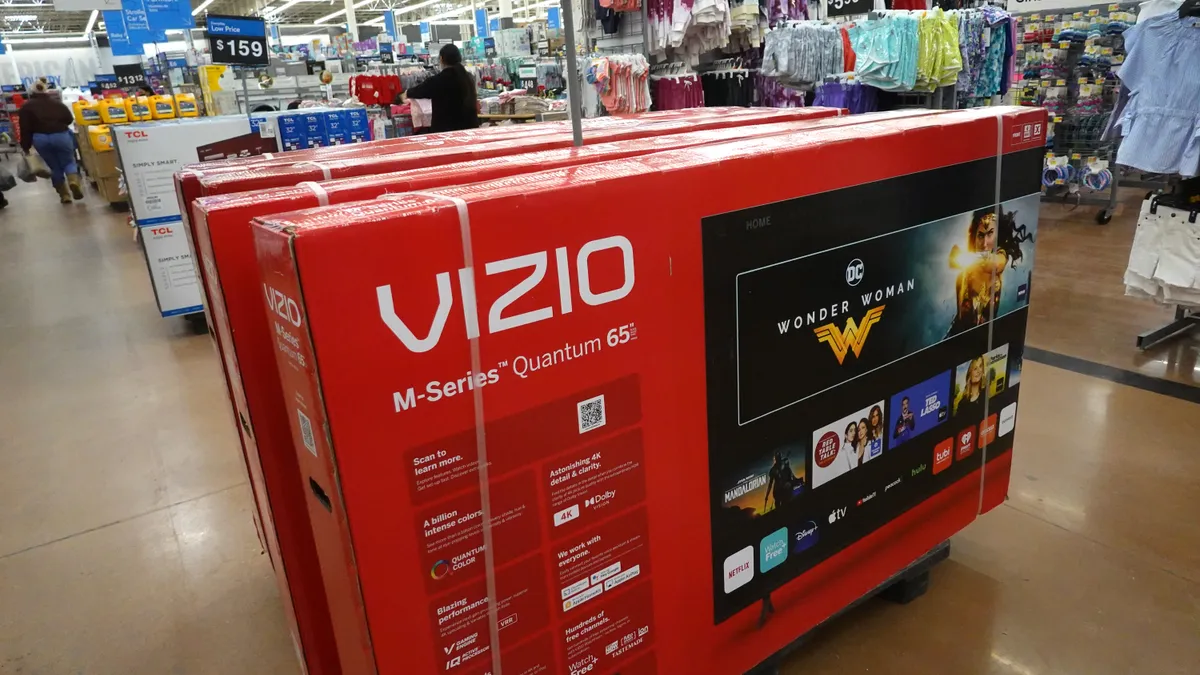Dive Brief:
- Amazon advertising has a 20% higher return on investment (ROI) compared to a brand's average marketing ROI, per an ROI Genome report by Analytic Partners that was emailed to Marketing Dive.
- Nearly half (48%) of paid Amazon display advertising impacted non-Amazon sales, while only 29% of paid Amazon search advertising impacted such sales.
- The results demonstrate the importance of reaching e-commerce shoppers more broadly and of Amazon, specifically, as an advertising channel, a role that rivals such as Walmart and Target are also looking to take by increasingly offering brands advertising opportunities, per the report.
Dive Insight:
The report by Analytic Partners is further evidence of how important Amazon's growth as an ad platform is to brands and retailers, due to the online and offline effects of such ads. Last quarter, Amazon's advertising revenue rose 51% to $5.4 billion as advertisers ramped up activity on the site after the canceling or delaying campaigns at the beginning of the pandemic. Interestingly, the rate of ROI of Amazon advertising versus other brand marketing has remained steady during the pandemic, suggesting that it is not due to the effects of the coronavirus pandemic on shifts in consumer behavior, like the acceleration toward e-commerce.
The different effects of Amazon's display and search advertising on non-Amazon sales suggests brands and retailers must understand how each is used by consumers. The high rate of non-Amazon sales for Amazon display ads point to how consumers use Amazon as a comparison shopping tool, often making purchases elsewhere, per the report. However, the high rate of Amazon sales for paid search suggests that shoppers are further down the sales funnel when making these purchases and are ready to buy on Amazon.
The report maintains that an omnichannel approach is imperative, as consumers view, learn about and ultimately purchase products through different channels. Key to an omnichannel strategy is holistic measurement, as brands that only measure a single channel are at risk of misunderstanding the impact of their advertising by half, the report notes.
This omnichannel approach is becoming even more important as retailers like Walmart and Target continue to grow their own media offerings, albeit with different approaches. Earlier this year, Walmart Media Group unveiled a self-serve ad portal enabling marketers to easily purchase search and sponsored product ads and later launched its first omnichannel reporting solution that is available at scale. These moves could help Walmart see similar halo effects on sales as those seen by Amazon in the report.














